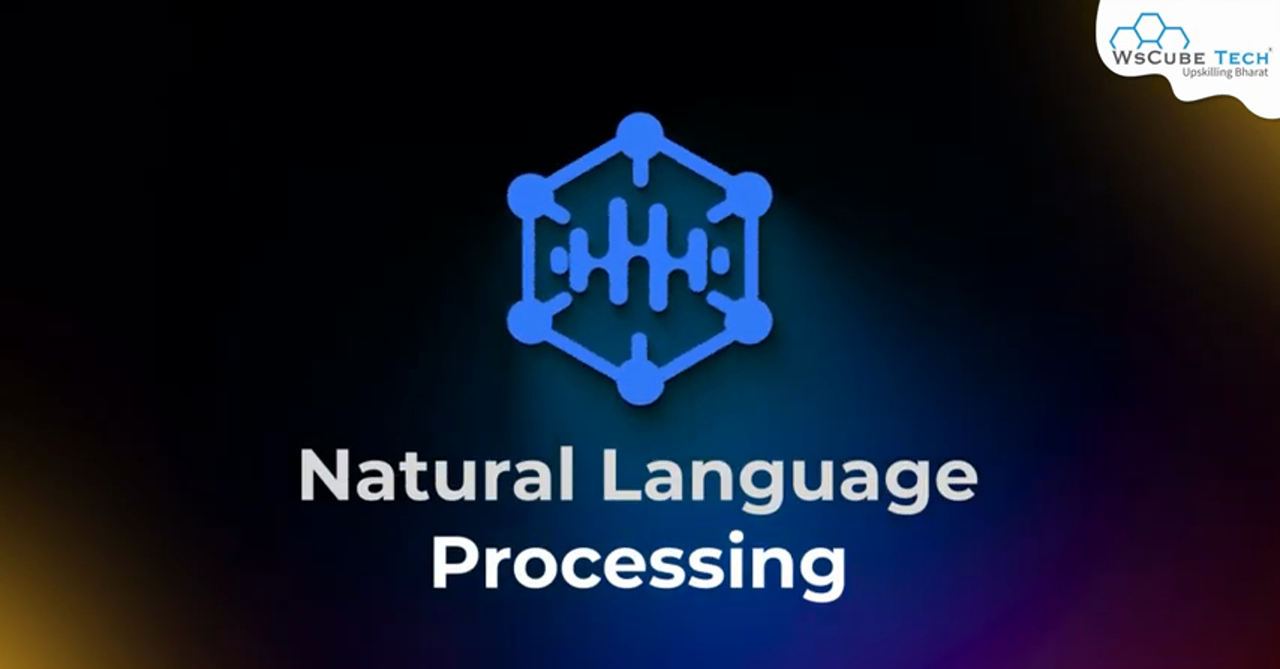Natural Language Processing (NLP) Full Course | Learn NLP in Deep Learning Tutorial 2024
1. Introduction to AI Tools 🤖 :NLP
The field of NLP is an important segment of artificial intelligence as it facilitates the machines in recognizing and comprehending the human language. In this section, we present the most significant and useful contemporary artificial intelligence tools, which affect almost every business area, including customer service and creative industries. These tools are capable of producing a wide range of outputs such as creation of ads, images, and even video content all of which increase the productivity level in respective output industries.
2. Common Functionality of AI 💡
In any set of tools designed for AI, there are some blanket features that help eliminate the complexities of various processes. One of these is the tax data processing using machine learning. Using these tools which are equipped with these approaches and principles, tasks that are usually done by human beings can be automated, thus facilitating operations with minimal mistakes. The advancement and use of artificial intelligence in making decisions, particularly financial decisions, has a huge potential that continues to grow.

3. Understanding NLP 📚
NLP, or Natural Language Processing, is defined as the intersection between computer science, artificial intelligence, and linguistics. Its role is to help machines comprehend, analyze, and generate human language in a meaningful way. The implications of NLP are vast, including applications in chatbots, sentiment analysis, and document summarization. This underlines its importance in the modern technological landscape, which increasingly relies on machine interaction with human language.

4. Pre-processing Text Data : NLP🛠️
Text data often contains noise which can hinder the performance of NLP models. Pre-processing techniques such as cleaning, filtering, and tokenization are critical for preparing textual data. This stage involves transforming raw text into a cleaner format, effectively removing irrelevant characters and ensuring uniformity. Tokenization, for instance, breaks down text into smaller components, allowing models to handle language more effectively. This preparation is fundamental for the success of any NLP project.
5. Working with Python Libraries 🐍
Python has emerged as a powerful language for NLP, primarily due to its extensive libraries like NLTK (Natural Language Toolkit) and SpaCy. These libraries provide developers with essential tools for processing and analyzing textual data effortlessly. NLTK supports a variety of NLP operations, including tagging, parsing, and semantic reasoning, making it accessible even to those with minimal experience in AI. Integrating these libraries into your data analysis workflow can significantly enhance your projects.
6. Different Techniques: Tokenization, Stemming, and Lemmatization ✂️
One of the fundamental processes in NLP is tokenization, which refers to breaking down text into its basic elements, or tokens. This method allows for more manageable data analysis. Stemming and lemmatization are techniques that reduce words to their base forms. While stemming involves trimming words to their root form, lemmatization connects words to their dictionary form, taking into account their contextual meaning. Understanding these techniques helps in refining the text data for improved analysis and output efficiency.
7. Handling Stop Words :NLP🚫
Stop words are commonly used words that may not contribute meaningful information to an analysis, such as “the,” “is,” “in,” and “and.” Removing these stop words is crucial in the preprocessing stage to enhance the quality of the data fed into machine learning models. By clearing out these words, the resulting dataset becomes more relevant and concise, reducing noise and aiding in better predictions and analysis outcomes. The impact of effective stop word handling cannot be understated in NLP projects.

8. Vector Representation of Text 🔢
It is necessary to have numerical data in order to handle text. This process is known as vectorization and it uses words and/or phrases as coordinates in a multi-dimensional space which is filled with other words. This technique makes it possible to perform calculations on text data and this makes it possible for computers programs which are concerned with language to incorporate sophisticated languages like mathematics. Word2Vec or GloVe are typical approaches to attaining word vectors which deepen language model performance.
9. Practical Implementations 👩💻
There can be a drastic difference in executing the NLP techniques sometimes depending on the use cases. In this section, some practical examples are provided to illustrate step by step how to perform some specific NLP operations using the coding language Python. The real world uses would, for instance, include conducting sentiment evaluations on twitter postings or sorting documents depending on their content. These examples show how to take the theoretical components of NLP and apply them to practical situations hence improving one’s skills and portfolio.
10. Conclusion about NLP 🏁
To sum up, it is futile to ignore and assimilate the concepts and techniques of Natural Language Processing (NLP) considering the modern world’s reliance on technology. We have studied the theory of NLP, its purpose and possible processes, and methods of application with the use of various libraries for Python. There is nothing new in the fact that as long as technology continues to develop, the need to engage in NLP-focused work that entails deciphering, processing, and obtaining information from human language will only increase. Thank you for staying with us till the end. Interested in deeper knowledge? To truly understand the topic, commit to continual learning and practice. That’s the key to mastery.
